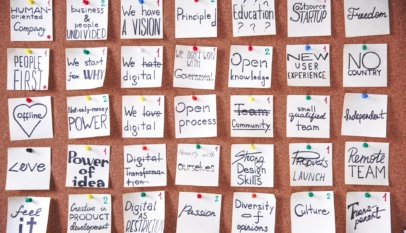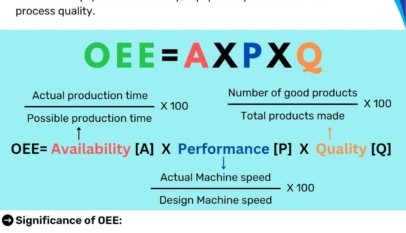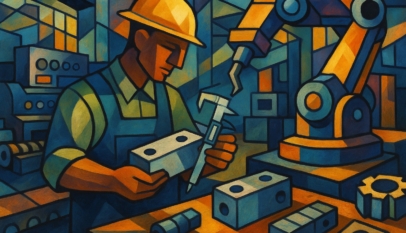Shadow boards are a visual management tool used in manufacturing and industrial settings to help reduce waste by ensuring that tools and equipment are always in the right place and good condition. They visually represent where each tool or equipment should be stored and how it should be arranged.

Shadow boards are typically made of a piece of material, such as foam or plastic, cut to fit the shape of the tools or equipment. The tools or equipment are then placed on the shadow board, creating a shadow or outline of each item. When a tool or piece of equipment is removed from the shadow board, the outline or shadow is left behind, making it clear that something is missing.
There are several ways that shadow boards can help to reduce waste:
- Improving inventory management: Shadow boards make it easy to see when a tool or equipment is missing. This can help improve inventory management by ensuring that tools and equipment are always in the right place and in good condition.
- Reducing downtime: By ensuring that tools and equipment are always in the right place, shadow boards can help to reduce downtime by making it easy to find the tools and equipment needed to perform a task.
- Improving safety: Shadow boards can also help to improve safety by ensuring that tools and equipment are stored correctly, which can help prevent accidents and injuries.
- Reducing costs: By reducing downtime and improving inventory management, shadow boards can help to reduce costs by ensuring that tools and equipment are always in good condition and readily available when needed.
- Promoting accountability: Shadow boards can also promote accountability by making it clear who is responsible for maintaining the tools and equipment, which can help to ensure that they are always in good condition.
The shift report notes: “Changeover from product A to B took longer than expected due to misplaced jigs.” Sounds familiar?
Shadow boards will help eliminate the wasted time spent looking for machine components required for a changeover.
How often have you rifled through the toolbox, looking for a specific tool only to find it missing? Often, the wrong tools can be used, leading to injuries or damaged equipment parts.
If changeover components look and feel the same, colour coding is a simple solution to add to the shadow board to ensure that the right part will be installed on the production equipment and returned to the board.
Because shadow boards are based on principles of motion economy to eliminate waste, the location of the boards is also critical.




















